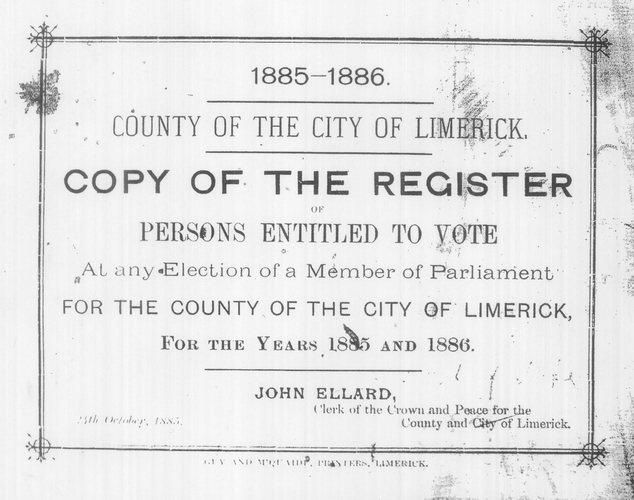
We have extracted the data from these records and make it available here in fully-searchable tables. The library also has a collection of Limerick City registers of electors from the 1930s forward which are available for viewing at the local studies department.
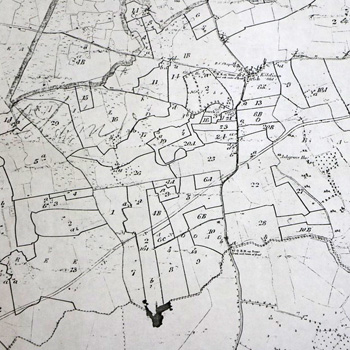
Griffith’s Valuation is the term commonly used to describe the manuscript and printed documentation produced between 1848 and 1865 in the course of a nation-wide valuation of land and houses
View the Records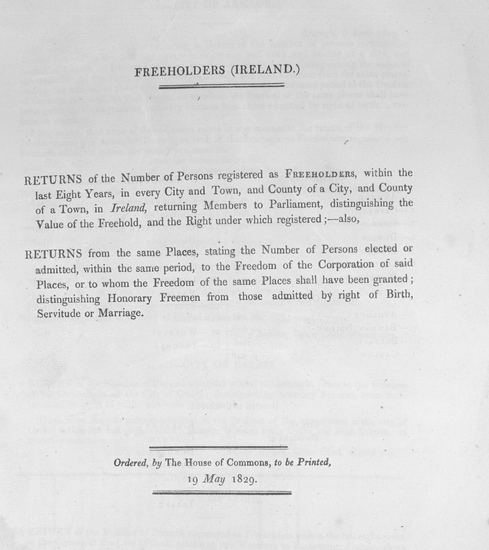
The forty-shilling freehold was the qualification under which Catholics obtained the right to vote following Hobart’s 1793 relief act. It was a short-lived concession. The emancipation act of 1829 – which permitted Catholics to sit in parliament – abolished the forty-shilling franchise by raising the threshold to ten pounds and at a stroke reduced the county electorate from over 200,000 to 37,000.
View the Records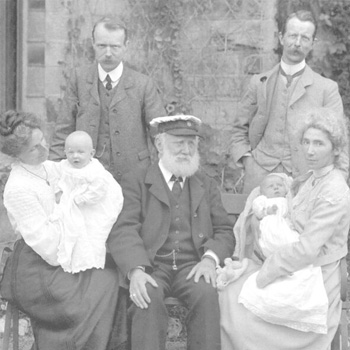
This is a limited list, extracted from The Limerick Chronicle newspaper, listing only those people who applied to be added to the electoral roll..
View the Records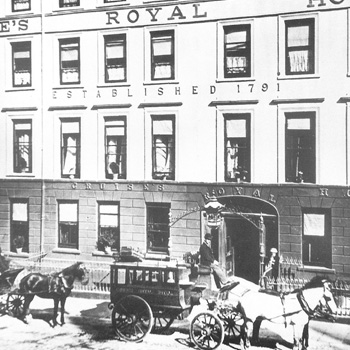
Analysis of the Late Election of Limerick, 1852, showing the entire list of the poll and the number of different political parties that voted for each candidate
View the Records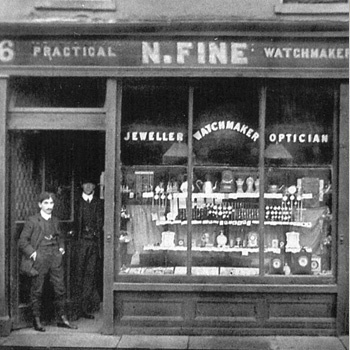
The Representation of the People Act of 1884 extended the same voting qualifications as existed in the towns to the countryside, and essentially established the modern one member constituency as the normal pattern for Parliamentary representation.
View the Records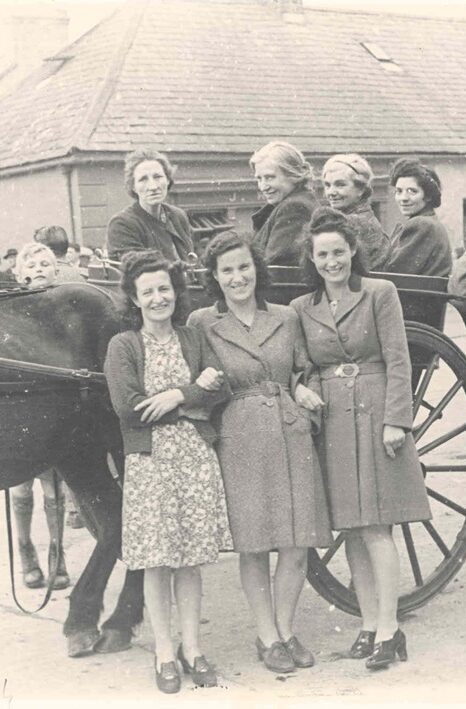
Electors and Seanad Electors for the year 1923-24, Constituency of County Borough of Limerick. This register contains the names of all persons entitled to vote as Dáil Electors, Local Government Electors, and Seanad Electors.
View the Records